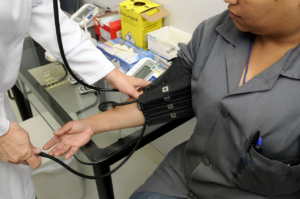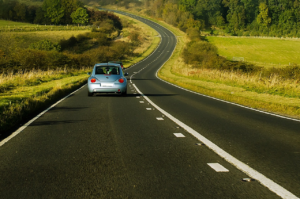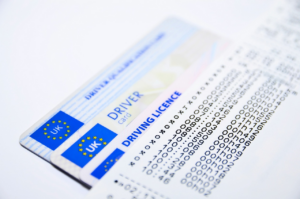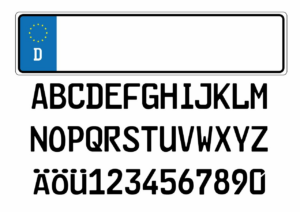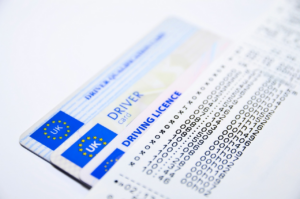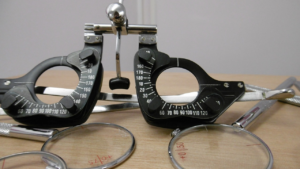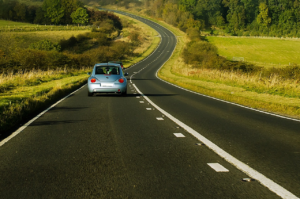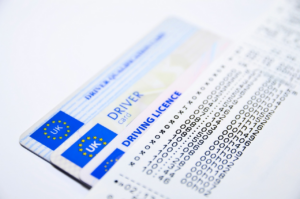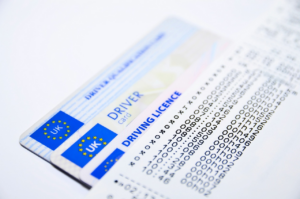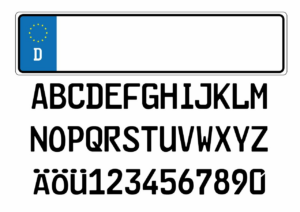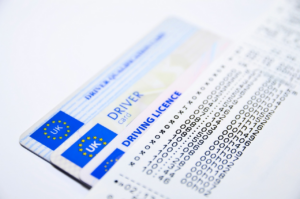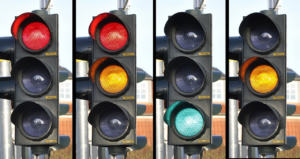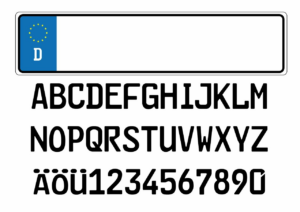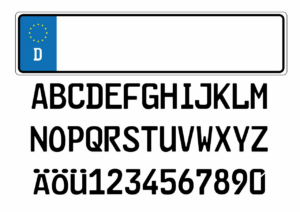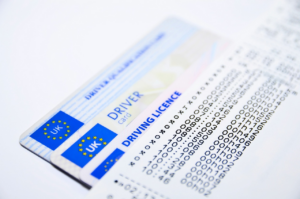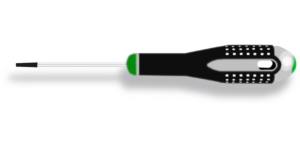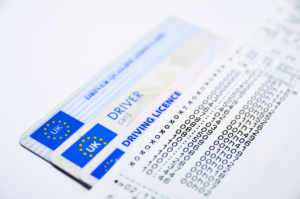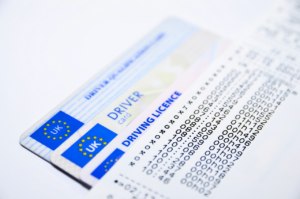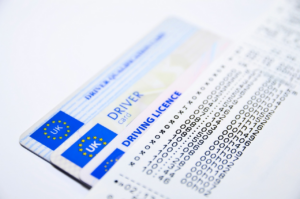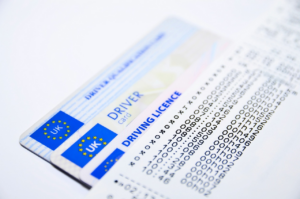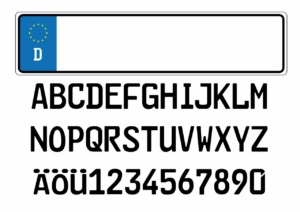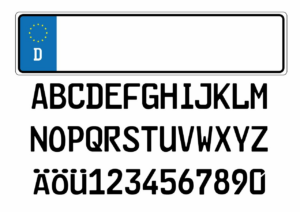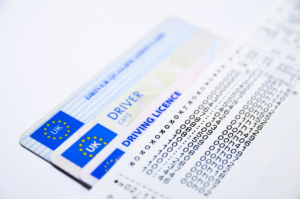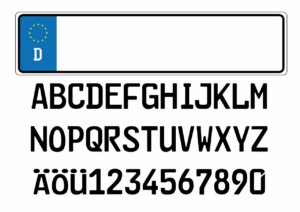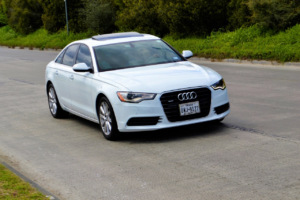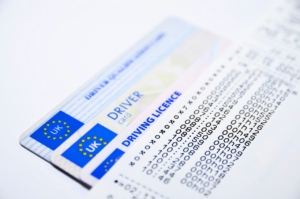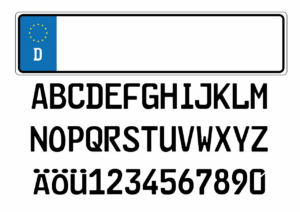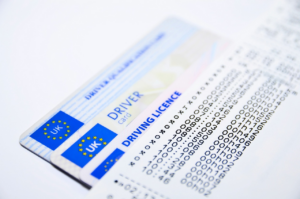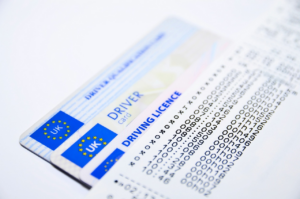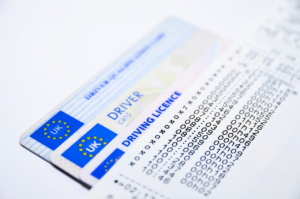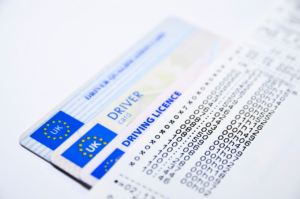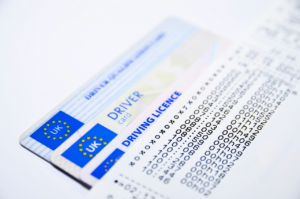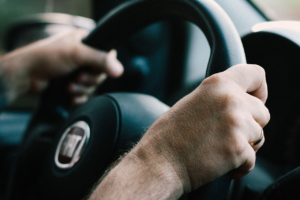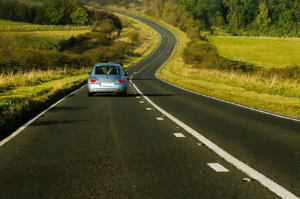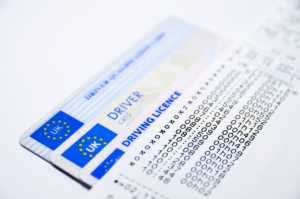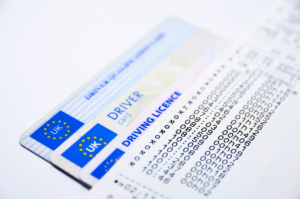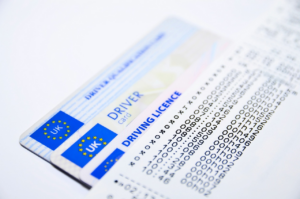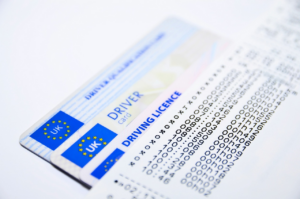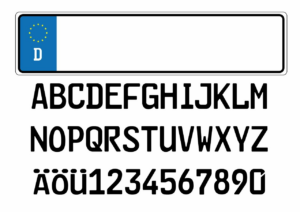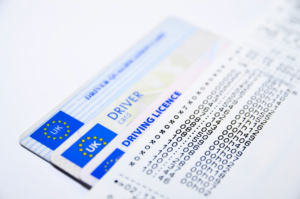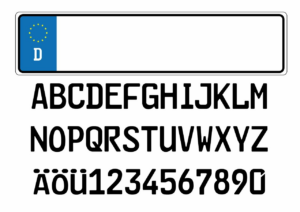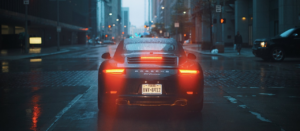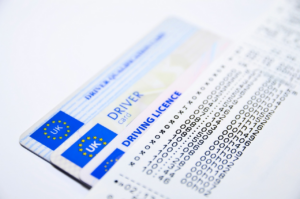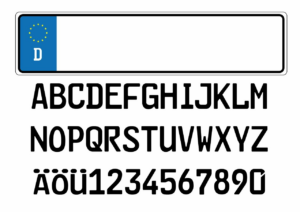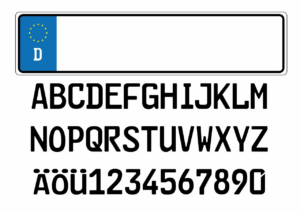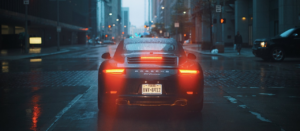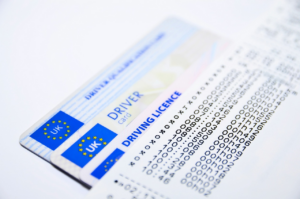Are you interested in obtaining a UK driving licence? Before you dive into the process, it’s important to understand who is eligible to apply.
The process can be complex and time-consuming, so you’ll want to make sure you meet the requirements before you start.
To apply for a UK driving licence, you must meet certain residency, age, and health requirements. Additionally, you’ll need to pass knowledge and skills tests, complete driving lessons, and obtain a provisional driving licence before you can apply for a full licence.
Failing to meet these requirements can result in consequences such as delays in obtaining your licence or even being denied the opportunity to obtain one altogether.
In this article, we’ll take a closer look at the eligibility requirements for obtaining a UK driving licence, so you’ll be prepared to start the process with confidence.
Residency Requirements
To obtain residency in the United Kingdom, you must meet specific requirements outlined by the government to legally operate a motor vehicle. This means you must have been a resident of the UK for at least 185 days in the previous 12 months before applying for a driving licence.
If you are a foreign national, you must also have the right to live in the UK for at least 6 months. Furthermore, if you are a non-UK citizen, you’ll need to provide proof of your residency status, such as a visa or residence permit.
You can apply for a driving licence up to 90 days before meeting the residency requirement, but it won’t be valid until you meet the requirement. It’s important to note that if you don’t meet the residency requirement, you won’t be eligible to apply for a driving licence in the UK.
Age Requirements
You must meet certain age requirements to legally operate a vehicle on public roads. In the UK, you can apply for a provisional driving licence at the age of 15 years and 9 months, but you can only start driving a car on public roads once you turn 17. However, if you receive disability living allowance at the higher rate, you can start driving a car at 16.
If you want to drive a motorcycle, you must be at least 17 years old. If you already have a full car licence, you can ride a moped (up to 50cc) at the age of 16. For larger motorcycles, you will need to pass a motorcycle test, which can be taken at the age of 17 or above. Keep in mind that you must have a valid driving licence before you can take the motorcycle test.
Health Requirements
Before hitting the road, it’s important to consider your health and make sure you’re fit to operate a vehicle. The UK government requires all drivers to meet certain health requirements before they can apply for a driving licence.
These requirements include having good vision, being able to read a number plate from a distance of 20 meters, and not having any medical conditions that could affect your ability to drive safely.
If you have any medical conditions or disabilities, you may still be able to apply for a driving licence, but you’ll need to disclose these to the DVLA (Driver and Vehicle Licensing Agency) and provide evidence that you can still drive safely.
The DVLA will assess your application and may request further information from your doctor or specialist to determine your fitness to drive. It’s important to be honest about your health when applying for a driving licence, as failing to disclose a medical condition could result in a fine, penalty points, or even a driving ban.
Knowledge and Skills Tests
You need to pass two tests in order to obtain a UK driving licence: the theory test and the practical driving test.
The theory test assesses your knowledge of the highway code and road safety, while the practical driving test evaluates your ability to operate a vehicle on the road.
Both tests are designed to ensure that you have the knowledge and skills necessary to drive safely and responsibly in the UK.
Theory test
Passing the theory test is a crucial step towards becoming a confident and safe driver on the roads. It assesses your knowledge of road signs, traffic rules, and safe driving practices.
The test consists of two parts – multiple-choice questions and hazard perception. You need to pass both parts to get your theory test certificate, which is valid for two years.
The multiple-choice questions cover a wide range of topics, including vehicle safety, attitude, and awareness, traffic signs, and speed limits. You have 57 minutes to answer 50 questions, and you need to get at least 43 correct answers to pass.
In the hazard perception part, you watch 14 video clips, each lasting around one minute. You need to identify potential hazards on the road and respond to them appropriately, such as slowing down or changing direction. You can get up to five points for each hazard, and you need to score at least 44 out of 75 to pass this part of the test.
Preparation is key to passing the theory test, so make sure you study the highway code and practice hazard perception tests before the test day.
Practical driving test
Now it’s time to show off your driving skills on the practical driving test, so make sure you’re fully prepared and confident behind the wheel. The practical driving test is the final step in obtaining your UK driving licence and is designed to test your ability to drive safely and confidently on the road.
Here are some things to keep in mind to help you pass the practical driving test:
-
Practice, practice, practice: The more time you spend behind the wheel, the more comfortable and confident you’ll become. Make sure you get plenty of practice in a variety of driving conditions, such as city driving, highway driving, and rural roads.
-
Be prepared: Make sure you bring your provisional licence, theory test certificate, and appointment confirmation letter to the test. You’ll also need to bring a car that’s in good condition and meets the safety requirements set by the DVSA.
-
Stay calm and focused: During the test, try to stay calm and focused, even if you make a mistake. The examiner is looking for safe and competent driving, so if you make a mistake, don’t worry too much, just carry on driving as safely as possible. Remember to always check your mirrors, signal when necessary, and follow the rules of the road.
With a little preparation and confidence, you’ll be well on your way to passing the practical driving test and obtaining your UK driving licence.
Driving Lessons
Taking driving lessons is a necessary step towards acquiring the ability to operate a vehicle on public roads. You may have some prior knowledge or experience, but it is always recommended to take formal lessons from a qualified driving instructor. These lessons not only improve your driving skills but also teach you about road safety and traffic rules that are essential for safe driving.
To give you an idea of what driving lessons entail, here is a table summarizing the typical structure of a driving lesson:
| Lesson Duration | Lesson Content |
|---|---|
| 1 hour | Introduction and briefing |
| 30 minutes | Basic car controls (e.g. steering, acceleration, braking) |
| 30 minutes | Maneuvers (e.g. reversing, turning, parking) |
| 1 hour | Road driving (e.g. changing lanes, roundabouts, traffic lights) |
| 30 minutes | Debriefing and feedback |
As you progress through your lessons, the content will become more challenging and will include more complex driving scenarios. Remember, passing your practical driving test is not just about being able to operate a vehicle, but also about being a safe and responsible driver.
Provisional Driving Licence
You’re almost ready to hit the road with your provisional license. This is the first step towards obtaining your full driving license in the UK.
But before you can start driving, you need to make sure that you meet the eligibility criteria. To apply for a provisional driving licence, you must be at least 15 years and 9 months old. You also need to be a resident of Great Britain or Northern Ireland.
To apply for a provisional driving licence, you can do so online or by post. You’ll need to provide your personal details, including your name, address, and date of birth. You’ll also need to provide your National Insurance number and a current passport-style photo.
Once you have your provisional driving licence, you can start learning to drive with a qualified driving instructor or a friend or family member who meets the eligibility criteria. Remember that you must display L plates on your car and be accompanied by a fully qualified driver at all times when you are driving on the road.
Full Driving Licence
So, you’ve finally upgraded from your provisional driving licence to a full driving licence – congratulations!
But did you know that your full licence will also need to be renewed at some point?
And in case you lose your licence or it gets stolen, you’ll need to know how to replace it.
Don’t worry, we’ll go over all these key points in this discussion.
Upgrading from a provisional to a full licence
Ready to take the next step towards becoming a confident driver? Once you’ve passed your driving test, it’s time to upgrade your provisional licence to a full one and hit the open road!
Here are the steps you need to follow:
- Apply for a full driving licence online or by post. You’ll need to have your provisional licence and your driving test pass certificate handy.
- Pay the fee, which is currently £62.50 if you apply online or £70 if you apply by post.
- Wait for your new licence to arrive in the mail. It usually takes around three weeks from the date of your application.
Once you have your full licence, you can drive on your own and carry passengers. Remember to always follow the rules of the road and stay safe!
Renewal and replacement of driving licence
If your driver’s license is lost, stolen, or damaged, you’ll need to get it replaced to ensure you have a valid form of identification while driving. To replace your driving licence, you can apply online, by post or in person at a post office. The cost of a replacement licence is £20 if you apply online or by post, or £21.50 if you apply in person at a post office.
You will need to provide a recent passport-style photo, your National Insurance number, and details of any driving convictions you’ve received in the past.
If your driving licence is due to expire, you must renew it to continue driving legally. You can renew your licence up to 2 months before it expires.
You’ll receive a reminder letter from the DVLA when your licence is due to expire, but it’s your responsibility to make sure your licence is renewed on time. To renew your licence, you can apply online, by post or in person at a post office. The cost of renewing your licence is £14 if you apply online or by post, or £17 if you apply in person at a post office.
You may need to provide a recent passport-style photo, your National Insurance number, and details of any medical conditions or disabilities that may affect your driving.
Consequences of Failing to Meet Requirements
If you fail to meet the requirements for a driving licence, the consequences can be severe. The most obvious consequence is that your application may be refused, leaving you unable to legally drive on UK roads.
In addition, you may have wasted both time and money on the application process, which can be frustrating and demotivating.
Refusal to grant a driving licence
Don’t expect to be granted a licence if you have a history of reckless driving or have been convicted of a serious driving offence. The UK driving authorities take road safety very seriously, and they will not issue a licence to anyone who they believe poses a risk to themselves or others on the road.
If you have been refused a licence, it is likely that you have failed to meet the strict requirements set out by the driving authorities. These requirements include passing a driving test and meeting certain medical standards.
If you have been refused a driving licence, you may have the right to appeal the decision. In some cases, it may be possible to provide evidence that shows you are now a safe driver, or that your previous convictions are no longer relevant.
However, it is important to remember that the driving authorities will always prioritize road safety over individual rights. If you are refused a licence, it is important to take the necessary steps to improve your driving skills and address any underlying issues that may be preventing you from being a safe driver.
Wasted time and money
If you were refused a driving licence, it’s important to address the reasons why before reapplying. Not only can being refused a licence be frustrating and disappointing, but it can also lead to wasted time and money.
This is because the application process requires a fee, and if you fail to meet the eligibility requirements or provide the necessary documentation, your application will be rejected.
To avoid wasting time and money, make sure you meet the eligibility requirements before applying for a driving licence. This includes being of a certain age, meeting the minimum eyesight requirements, and not having any medical conditions that could affect your ability to drive safely.
Additionally, make sure you have all the necessary documentation, such as proof of identity and residency, before submitting your application. By doing so, you can increase your chances of being granted a licence and avoid the frustration of having to reapply multiple times.
Frequently Asked Questions
Can I use my international driving licence to drive in the UK?
If you’re planning to drive in the UK, you may be wondering if you can use your international driving licence. The answer is yes, as long as it’s valid and in English or accompanied by a certified translation.
However, if you plan to stay in the UK for more than 12 months, you’ll need to apply for a UK driving licence.
Keep in mind that driving laws in the UK may be different from those in your home country, so make sure to familiarize yourself with them before getting behind the wheel.
What are the penalties for driving without a valid UK driving licence?
If you’re caught driving in the UK without a valid driving licence, you could face serious penalties. The punishment for driving without a licence can include a hefty fine, points on your licence, and even disqualification from driving altogether.
The exact penalty will depend on the circumstances of the offence, such as how long you’ve been driving without a licence and whether you’ve caused any accidents or injuries.
It’s important to make sure you have a valid UK driving licence before you get behind the wheel, or you could face some severe consequences.
Is there a time limit for completing the knowledge and skills tests?
You may be wondering if there’s a time limit for completing the knowledge and skills tests required for a UK driving licence. The answer is yes, there is a time limit of 2 years from passing the theory test to passing the practical test.
If you fail to pass the practical test within this time frame, you’ll need to retake the theory test.
It’s important to note that the time limit starts from the date you pass your theory test, not from the date you book your practical test.
So if you’re planning on taking the tests, make sure you’re prepared and ready to pass both within the allotted time.
Can I apply for a driving licence if I have a disability or medical condition?
If you have a disability or medical condition, you can still apply for a UK driving licence. However, you may need to provide additional information or undergo a medical examination to ensure that you’re fit to drive.
The DVLA will assess your application on a case-by-case basis, taking into account the nature of your disability or medical condition and any treatment or medication you’re receiving. Depending on the severity of your condition, you may be issued with a restricted licence or required to have adaptations made to your vehicle.
It’s important to disclose any relevant information about your health when applying for a driving licence to ensure that you’re driving safely and legally.
Can I drive a car in the UK if I have a foreign driving licence?
If you have a foreign driving licence, you can drive a car in the UK for up to 12 months. After that, you’ll need to apply for a UK driving licence.
The process for obtaining a UK licence may differ depending on which country your licence was issued in. You’ll need to pass a driving test and provide certain documents such as proof of identity and residency.
It’s important to note that if you’re a resident of the UK, you may only use your foreign licence for 6 months before you’re required to obtain a UK licence.
It’s also important to check with your insurance provider to ensure that your foreign licence is recognized and that you’re covered while driving in the UK.
Conclusion
So, there you have it. You now have a clear understanding of who’s eligible to apply for a UK driving licence.
As a resident of the UK, you must meet certain requirements to apply for a driving licence. You must be of a certain age, in good health, and pass both knowledge and skills tests.
If you don’t meet all of the requirements for a driving licence, don’t worry. You can still take driving lessons and apply for a provisional driving licence.
Remember, driving is a privilege, not a right. So, make sure you meet all of the requirements before getting behind the wheel.
Stay safe and happy driving!





